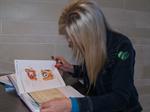Skilled Editors are in High Demand!
The best editors focus on clear communication!
In this course, you will learn about the different aspects of editing -
- stylesheets
- mark ups
- syntax
- concision
- the publication process
- different types of editing
- editorial roles
- communication skills
Most importantly, you'll hone your communications
skills, and improve your marketability across a variety of industries.
Skilled editors can work:
- in-house for a publisher
- as independent contractors
- as corporate consultant on effective communications
- in PR to improve messaging and editorials
ACS Graduate Comment: "It took me a while but
in the end it was a very useful course for my work. I would like to
really thank my tutor for all her feedback which improved my
proofreading skills." Premo Jackniacki - Editing 1 course.
- Learn to edit any type of writing -books, articles, newsletters, magazines, etc
- A course for Editors, Writers, Proofreaders, anyone wanting to work in publishing, etc
- Start a business, find a job, or just get better at the job you already have
Lesson Structure
There are 8 lessons in this course:
-
Introduction to Editing
-
The role and scope of editing;
-
what does an editor do,
-
tools for editing;
-
editing skills;
-
what makes a good editor,
-
danger signs (mistakes to avoid),
-
the publishing team (the publisher, business manager, production manager, designer, marketing staff),
-
the production process,
-
the production schedule.
-
The Mechanics of Clear Writing
-
Spelling,
-
punctuation,
-
grammar,
-
language,
-
style,
-
tense,
-
language level,
-
common mistakes,
-
style errors,
-
improving clarity and conciseness.
-
Assessing Manuscripts
-
The reader's report,
-
reviewing a manuscript (structure, punctuation, accuracy, illustration, other improvements),
-
author's responsibilities,
-
nature of a manuscript,
-
libel, slander, defamation,
-
what an editor should look for.
-
Copy Editing I
-
What the copy editor does;
-
basics of copy editing,
-
the procedure (check manuscript, read, edit text, edit other components);
-
style sheets,
-
house style,
-
introduction to mark up,
-
marking up copy.
-
Copy Editing II
-
Marking up;
-
parts of a publication (preliminary pages, text, end matter);
-
editing non-text material;
-
illustrations
-
Preparing Copy for Printing
-
Type design and page layout;
-
type size,
-
type face,
-
line spacing,
-
line length,
-
justification,
-
indentation,
-
windows and orphans,
-
running heads and feet,
-
folios,
-
headings;
-
proof stages:
-
galley proofs,
-
page proofs
-
Proofreading
-
Proofreaders role,
-
procedure for checking galley proofs,
-
Proofreading tips,
-
Revised galley proofs,
-
The Final Stages
-
Indexes,
-
preparing an index;
-
blurbs;
-
checking final proofs,
-
bromides,
-
dyelines, etc.
Aims
-
To gain an understanding of the role and scope of editing.
-
Explain the importance of clear, effective writing throughout all stages of the publishing process.
-
Describe the procedure of manuscript assessment.
-
Describe the procedures used by copy editors.
-
Explain procedures used to prepare copy for printing.
-
Describe the checks and procedures used in the final stages of preparing and printing publications.

TAKE THE NEXT STEP AND ENROL NOW!
Highly skilled proofreaders and editors are in high demand. Develop and improve your editing skills by studying this editing course!
You can enrol on the course now, but if you have any questions about the content of the course or studying with ACS, then please get in touch with us today - use our FREE COURSE COUNSELLING SERVICE to get in touch with our expert tutors. They will be pleased to help you!
Save
